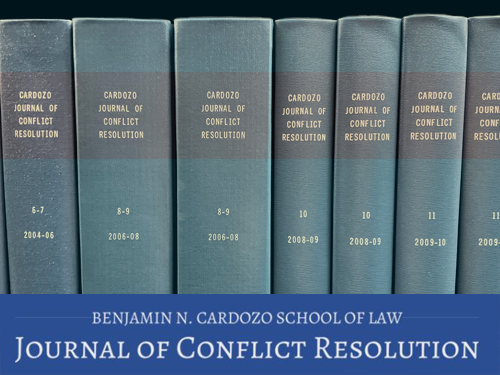Document Type
Blog Post
Publication Date
4-19-2022
Graduation Year
2023
Abstract
Collaborative lawyering is a process of dispute resolution that combines aspects of mediation and negotiation with an agreement to settle. The central elements of collaborative lawyering are that all the parties involved sign a written participation agreement that ensures neither the clients nor the lawyers “make use of or threaten to make use of the court process during collaboration,” and if the clients must resort to litigation, the lawyers are “fired.” Thus, there is a financial incentive for all to reach a settlement, and the attorneys work together as colleagues, not adversaries. Another essential element of collaborative lawyering that distinguishes it from mediation or negotiation is that professional experts can be retained as neutrals to help facilitate the process. They are hired by both parties to make the case less adversarial, and like the lawyers, the experts are also barred from litigating.
This post was originally published on the Cardozo Journal of Conflict Resolution website on April 19, 2022. The original post can be accessed via the Archived Link button above.
Recommended Citation
Gershengoren, Rachel, "Benefits of Using Collaborative Lawyering Outside of Family Law Disputes" (2022). CJCR Blog. 33.
https://larc.cardozo.yu.edu/cjcr-blog/33


